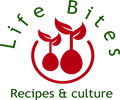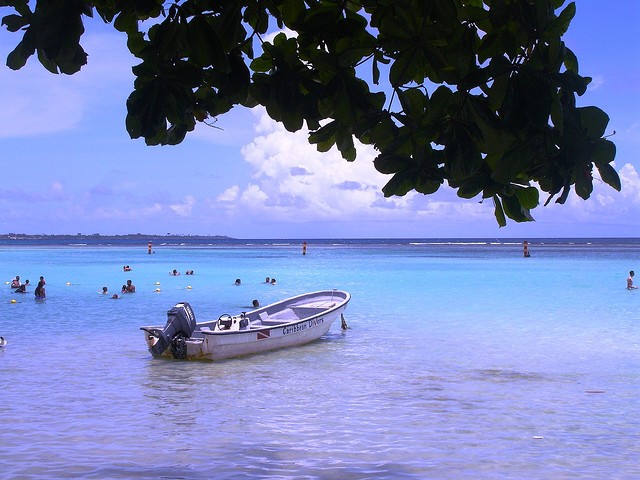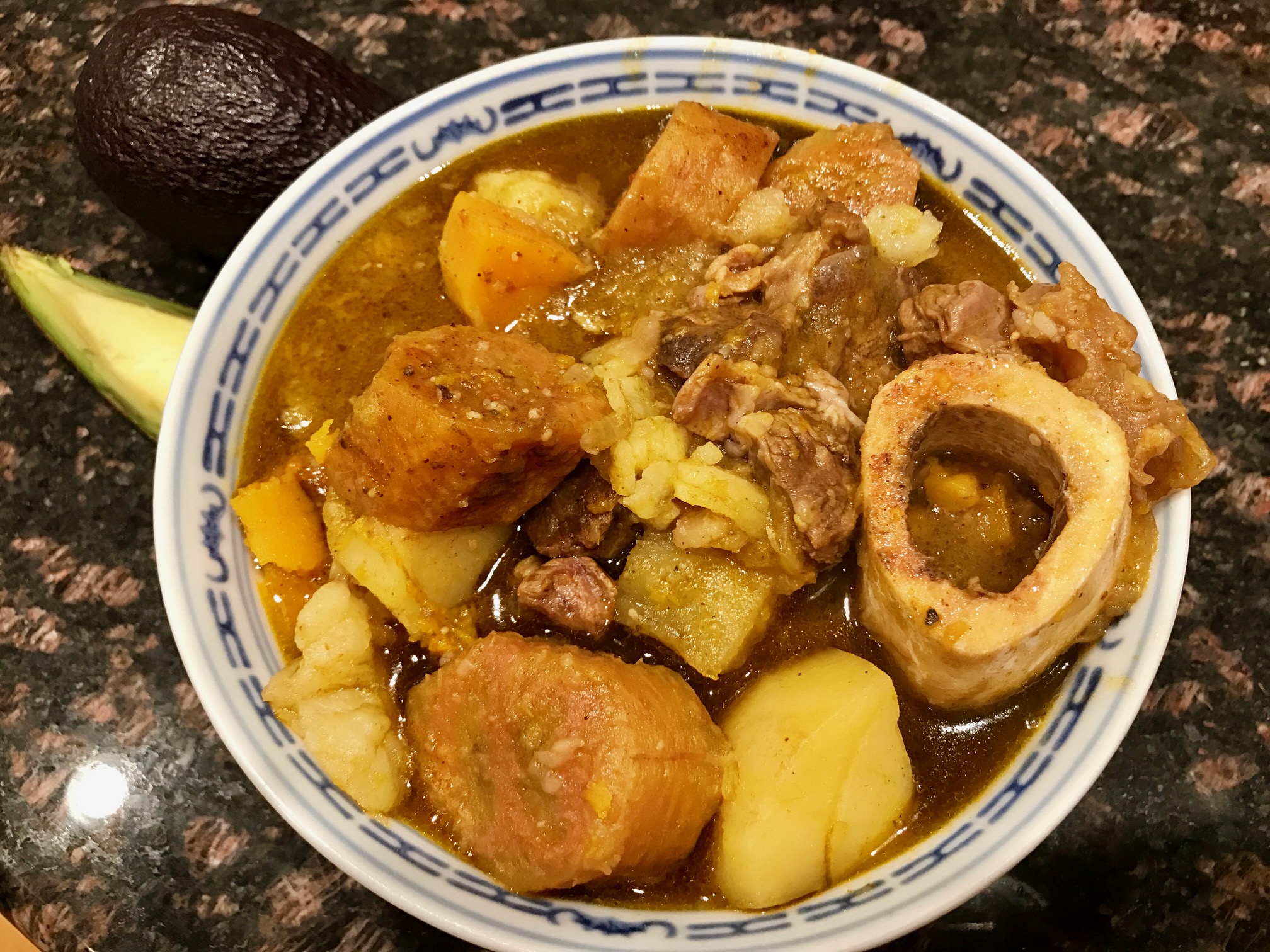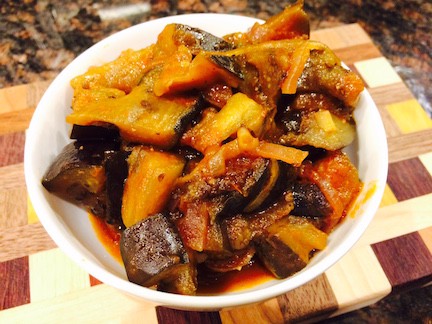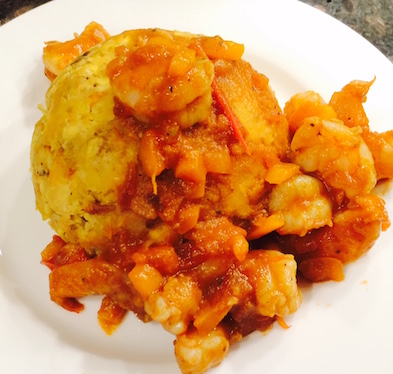Merengue has long been the signature rythm of the Dominican Republic. Remarkable how three tiny islands in the Caribbean (Hispaniola, Puerto Rico and Cuba) have been able to deliver so many of the most popular Latin rythms: salsa, merengue, bachata, reigetton, among others. But of all the Dominican rythms, merengue is the most recognized as the national music and it is the one that beats in my heart with the most nostalgia, pride and joy. Here’s an excerpt of what makes merengue from wikipedia:
Merengue is a musical genre native to the Dominican Republic. The word “merengue” literally means whipped egg whites and sugar, although it is uncertain how this word came to be associated with this type of music and dance. Swift beats from güira or maracas percussion sections, and wild accordion or saxophone accompaniment are characteristic. Other instruments frequently include a sax, box bass, tambora drum or guyano. The rhythm dominates the music, and is the most characteristic feature of the genre. It is unsyncopated and includes an aggressive beat on 1 and 3. While overwhelmingly Dominican in origin, it has also been historically linked to the music of Haiti, which shares a border with the Dominican Republic on the island of Hispaniola. Traditional, acoustic merengue is best-represented by the earliest recorded musicians, like Angel Viloria and Francisco Ulloa. More modern merengue incorporate electric instruments and influences from salsa, rock and roll and hip hop. Choruses are usually in groups of three and are often used in a call and response pattern. Live, wild dancing has long been commonplace, and is a staple of many of the genre’s biggest stars. Lyrically, irony and oblique references to issues of sexuality and politics.
The origins of merengue are disputed. It may be related to Haitian méringue (mereng), which is very similar except in its guitar-based sound, while merengue is dominated by the accordion. Another cousin could be UPA, a Cuban form that includes a section called a merengue and arrived in Santo Domingo in the mid-1800s, imported from Puerto Rico. European contradanza was another major influence. Other scholars have claimed that merengue is a distinctively Dominican form, developed after the Dominican victory at Talanquera by soldier named Tomas Torres who deserted, falsely predicting a loss, and that it is a fusion of Spanish decima with African plena music. A final seminal influence was contact with a major trading partner, Germany, through which the accordion was introduced to Dominican society. At the time of its development, merengue was attacked by newspapers and the upper-class, who preferred an older form of dance music called tumba. It was called vulgar and obscene, as have many forms of folk music. Read more here…
And here is a video featuring currently renowned merengue singers from the Dominican Republic, call “Viva el Merengue” (Long live merengue), filmed in Santo Domingo.
